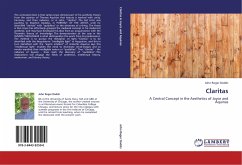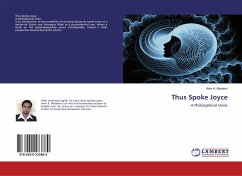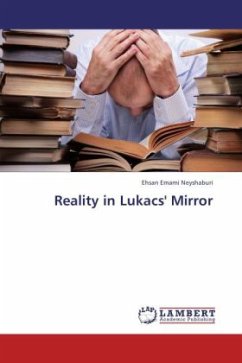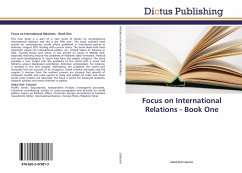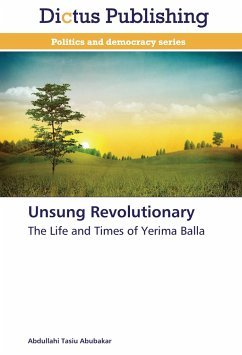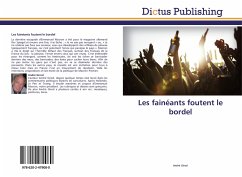The contested claim is that James Joyce derived part of his aesthetic theory from the opinion of Thomas Aquinas that beauty is marked with unity, harmony, and then radiance, or in Latin, claritas . The last term was puzzling to Stephen Dedalus, in PORTRAIT OF THE ARTIST, until he identified claritas with quidditas or the whatness of a thing. The thesis is that Joyce has effectively grasped the medieval concept in his modernist aesthetic, and may have developed his idea from an acquaintance with the Thomistic theory of knowledge. The demonstration of the case in the SUMMA THEOLOGIAE is what distinguishes this work from its predecessors. The method is to pursue the metaphor of light. Claritas is to be identified with the Neoplatonic intelligible light in Augustine, and this in turn identified with the agent intellect of Aristotle. Aquinas says this intellectual light enables the mind to illuminate sense-images and so render manifest their intelligible nature or quidditas . Thus claritas - the radiance of beauty - does mark the discovery of quidditas . The implications will engage the fields of aesthetics, intellectual history, modernism, and literary theory.

